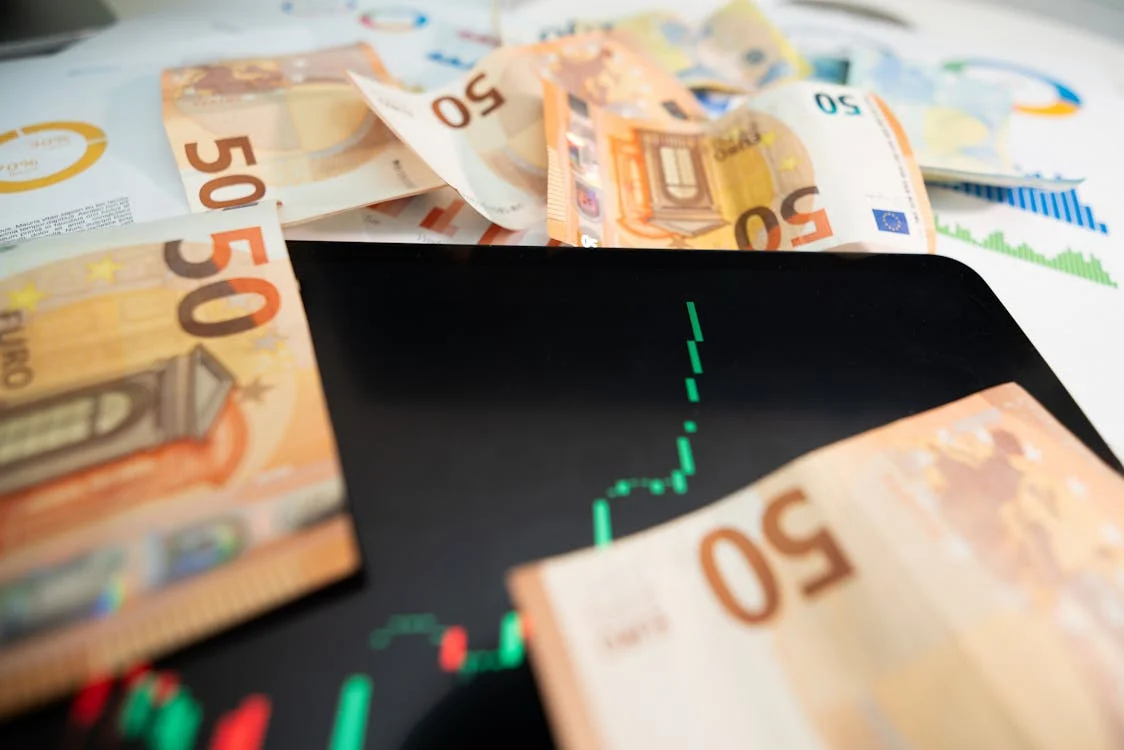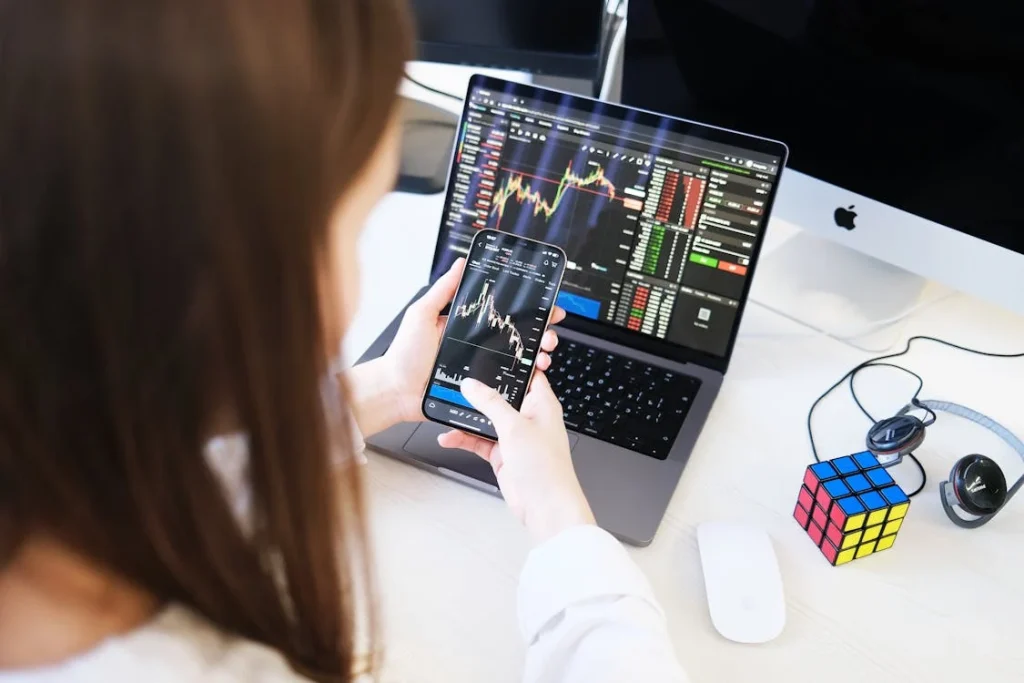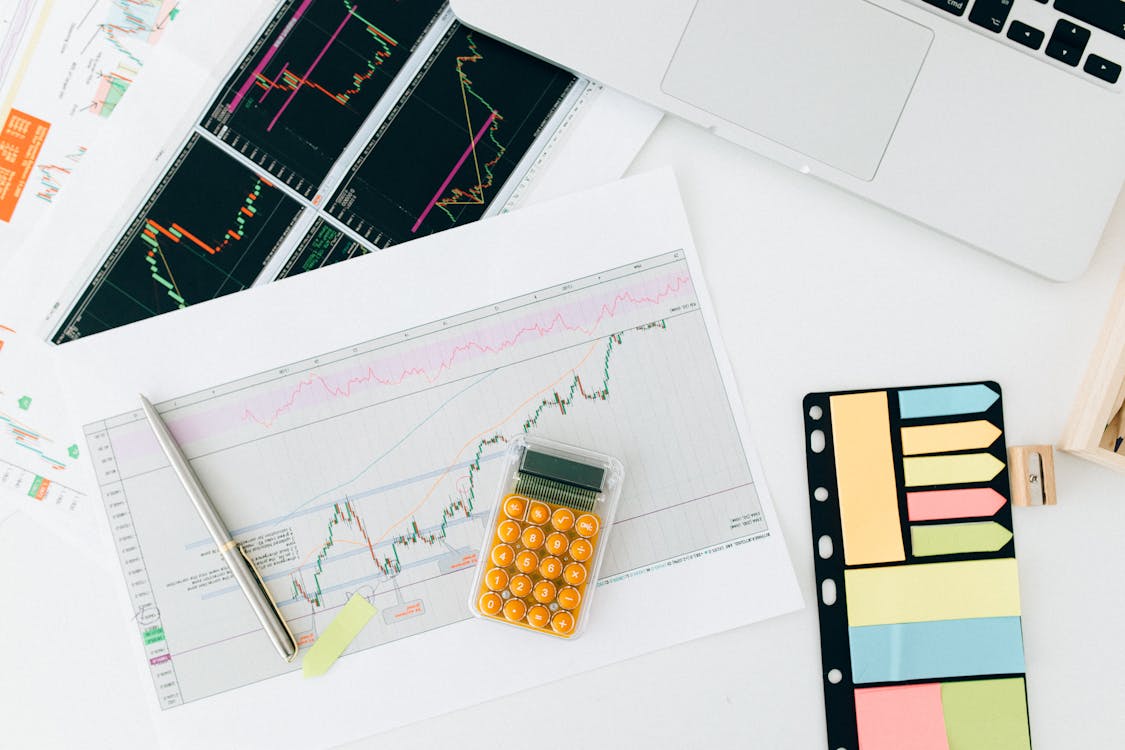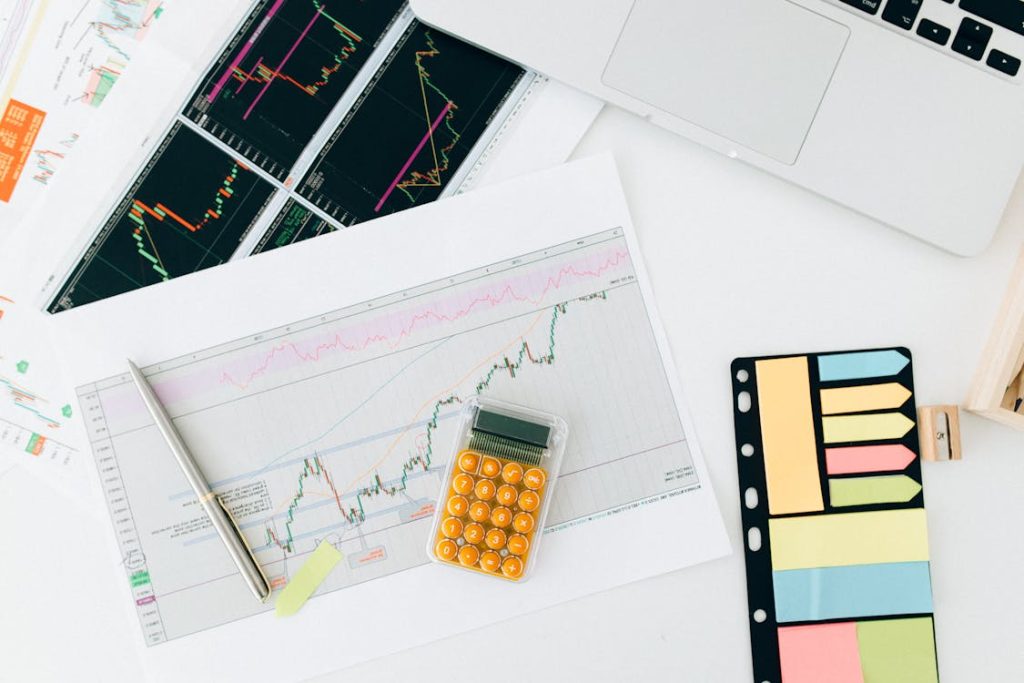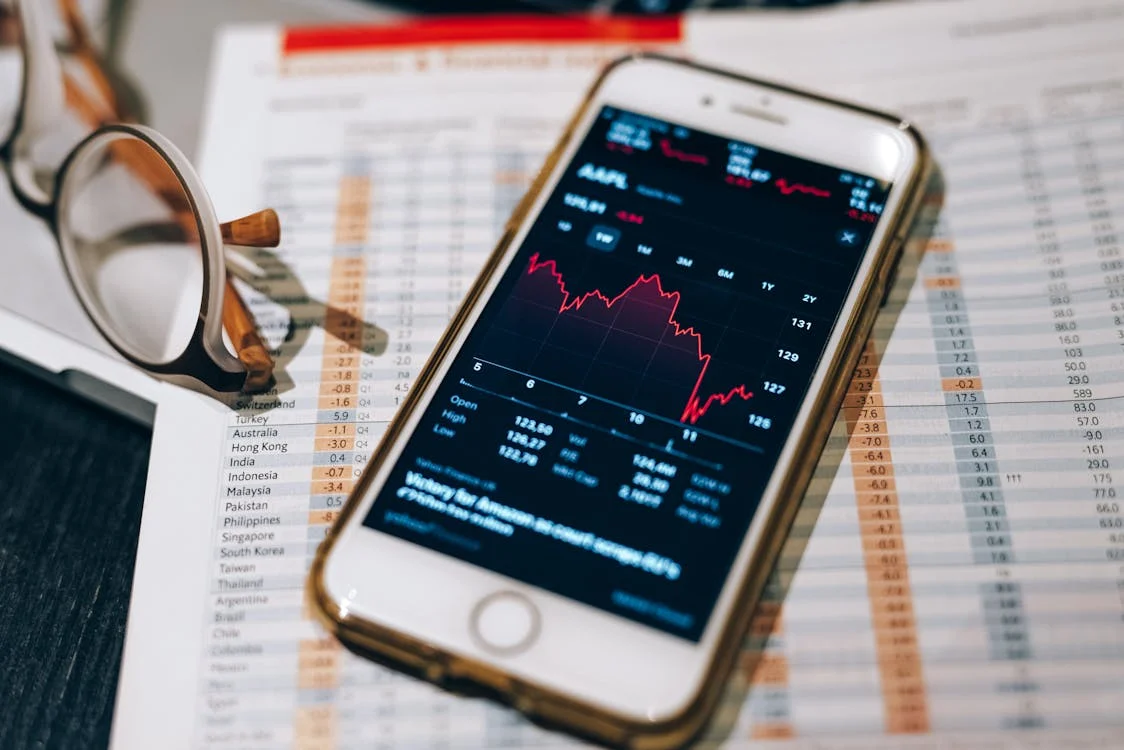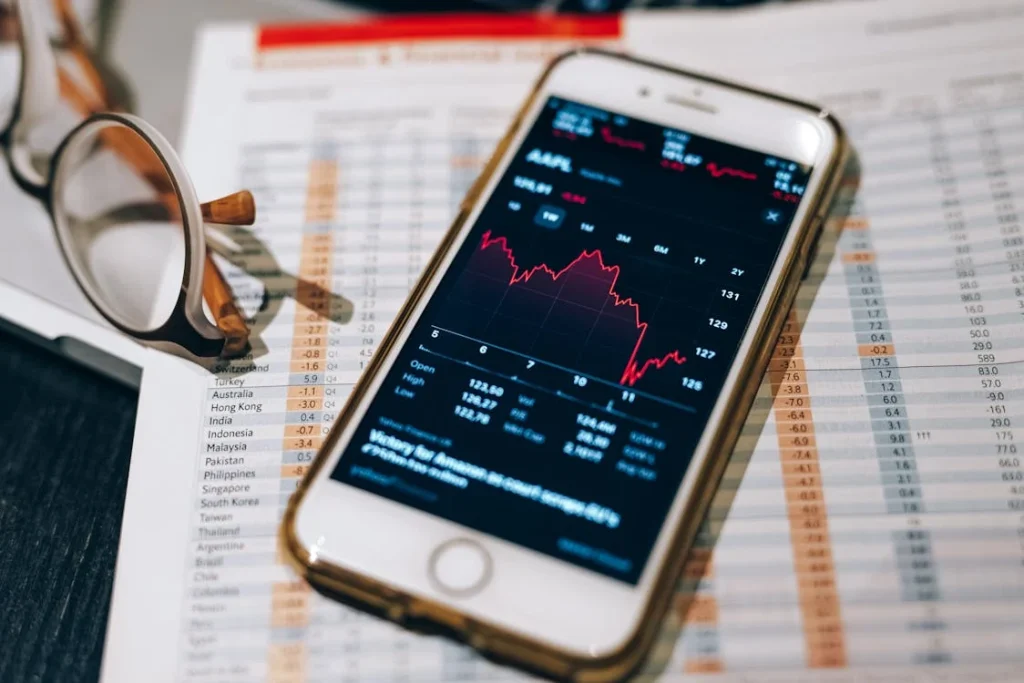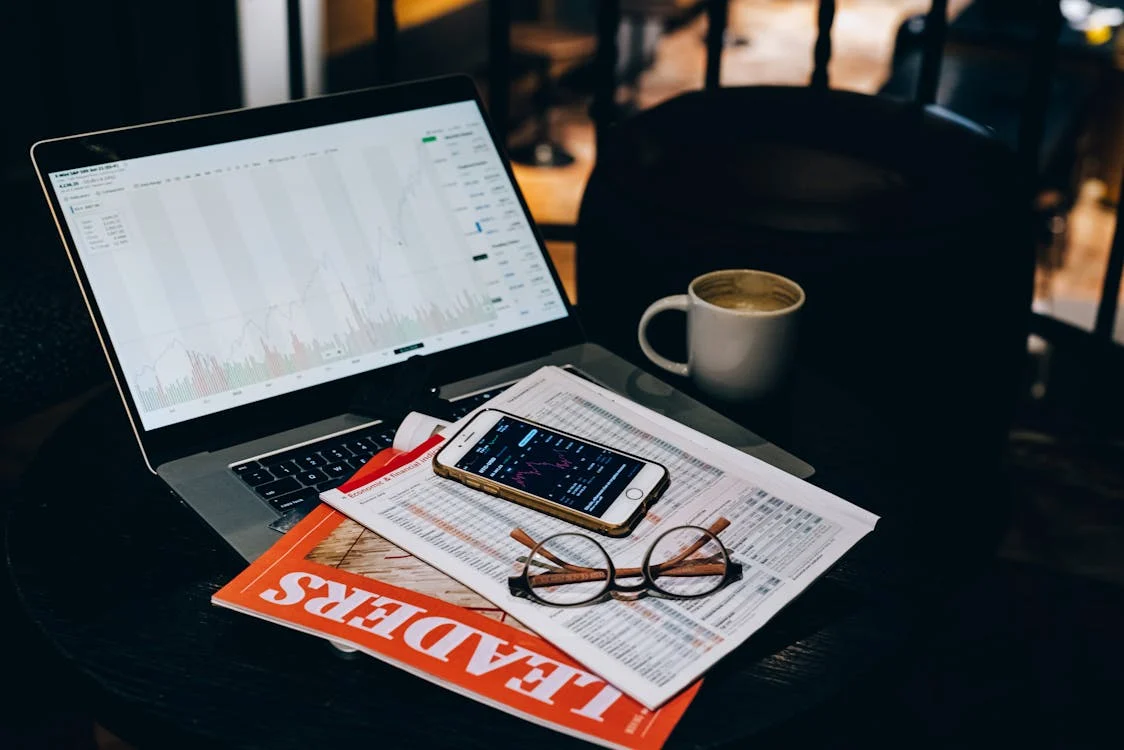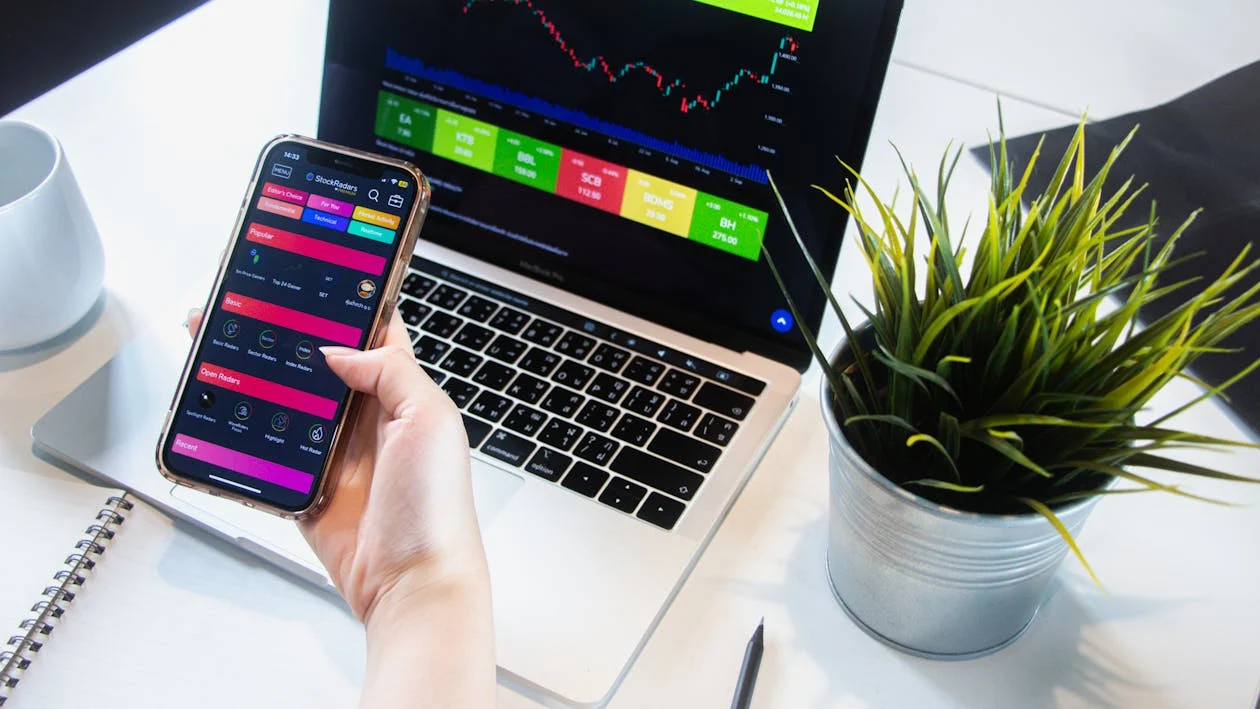Why I Left Nursing to Become a Full-Time Forex Trader
I never thought I’d leave nursing. For over ten years, I wore the scrubs, worked long shifts, comforted patients, and helped save lives. It was a noble career, but also one that drained me physically and emotionally. Deep down, I wanted more control over my time, my finances, and my future. That’s when Forex entered my life—and changed everything.
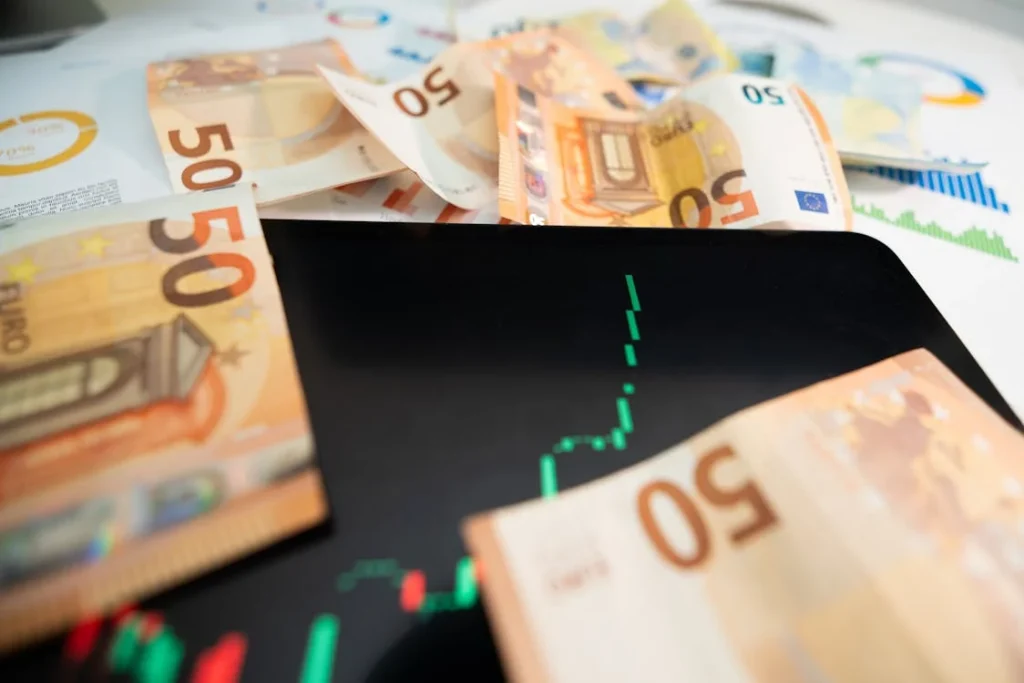
The Burnout Was Real
Being a nurse is fulfilling—but it can also be exhausting. I was working 12-hour shifts, weekends, holidays, and constantly dealing with high-stress situations. Over time, I started to feel like I was just surviving. I wanted more time with my kids, a better work-life balance, and the ability to work on my own terms.
That dream led me to Google: “How to make money from home.” One result kept popping up: Forex trading.
Discovering the World of Forex
At first, it felt overwhelming. Pairs, pips, spreads, indicators… It was a whole new language. But something about it lit a fire in me. I’ve always loved analysis and detail—skills that translated well from healthcare. I started learning during my days off, watching tutorials, following forums, and practicing with demo accounts. The more I learned, the more serious I became.
Making the Transition
I didn’t quit nursing overnight. For a full year, I traded part-time while continuing my shifts. I’d wake up early to trade the London session, then head to work. I’d analyze charts during lunch breaks. I kept a journal of every trade and tracked my progress ruthlessly.
Eventually, I reached a point where my trading income began to match—and then exceed—my nursing salary. More importantly, I had built consistency. I wasn’t gambling; I was applying a structured strategy, managing my risk, and approaching trading like a professional.
The Day I Walked Away
Quitting nursing was one of the hardest decisions of my life. It wasn’t about the money—it was about identity. But when I handed in my resignation, I felt free. Nervous, but free. I was stepping into a new career that allowed me to work from anywhere, control my schedule, and spend time with my family without asking for permission.
What Helped Me Succeed
- Structured Learning: I treated trading like a degree. I studied charts, read books, and invested in mentorship.
- Risk Management: I never risked more than 1% of my capital per trade. That’s what kept me in the game.
- Consistency: I didn’t chase trades. I had a fixed time I traded, and I stuck to it.
- Trading Plan: I wrote down every rule, setup, and condition I needed before entering a trade.
- Emotional Control: I learned to separate my trading outcomes from my self-worth.
Challenges I Faced
Leaving a stable job wasn’t easy. There were days when the market was slow, and doubt crept in. Some family members didn’t understand. There were losses that tested my patience. But I stayed committed—and reminded myself why I started.
Trading Gave Me My Life Back
I now wake up early, do my market analysis, trade for a few hours, and spend the rest of the day doing what I love. I’m more present for my family. I’m healthier. And I’m no longer dreading Mondays. Trading gave me the freedom I always craved—and the discipline to keep it.
Advice for Those Considering a Career Switch
- Start small and don’t quit your job too soon. Build consistency first.
- Invest in your education. Free content is helpful, but structured learning saves time and money.
- Respect the market. Treat trading as a profession, not a lottery.
- Have savings. The market doesn’t pay a salary—you pay yourself through discipline and skill.
- Prepare mentally. The freedom is real—but so is the responsibility.
Final Thoughts
Leaving nursing wasn’t about escaping a career—it was about choosing a life that aligned with my values. Forex trading gave me that chance. If you’re considering a change, know that it’s possible. But also know that it takes work, sacrifice, and belief in yourself.
